New tool for gender equality
Uppsala University in Sweden is proud of its new tool that reveals gender balance at the touch of a keyboard. Gudrun Schyman of the Feminist Initiative is positive towards the tool, as are Ministers Tora Aasland and Audun Lysbakken. Norwegian educational institutions, however, seem sceptical.

“This is a self-assessment tool that shows the gender distribution among employees, research fellows and students in 10 different areas,” explains Louise Kennerberg, the project manager for gender equality indicators at Uppsala University (UU). “The statistics are easily accessible, and the users can choose which areas of gender equality they want to explore more closely.”
A tool for everyone
“For example, you can look at gender balance in leadership positions, in sickness absence and parental leaves, in the activity level of research fellows and in relation to examinations at all levels,” says Kennerberg.
“By using the indicators we can quickly get an idea of the gender distribution in these areas at the department and faculty levels and in the various subject areas. We can also see trends over time,” Kennerberg adds.
“But who can use the tool?”
“It can be used by all employees and students at the university and anyone who is logged on via UU’s website. But the target group is mainly the people responsible for gender equality activities in the university’s departments,” says Kennerberg.
Gives an indication
“The project was initiated by the university’s central gender equality committee and its former chairman, Professor Michael Thuné,” says Kennerberg.
“He was inspired by the gender equality index created by Statistics Sweden for the municipalities. When they stopped producing the index, we decided to develop our own indicators based on statistics from our own data systems,” says Kennerberg.
“There were many good arguments for having indicators like these,” says Michael Thuné, “and we saw several areas where it would be beneficial to apply them.”
“As the name suggests, they are supposed to give an indication of the status quo of the gender equality situation – and trends over time. We also hoped the indicators would raise awareness about what gender equality can entail since they highlight several different aspects of gender equality in such a tangible way,” explains Thuné.
Jump started with earmarked allocations
However, it was a relatively long time before the tool got off the ground.
“We began the work as far back as 2005, but in the first five years the tasks were assigned to people already working full-time on other things, so it was difficult to find enough time,” Kennerberg explains.
In 2009, the project received earmarked allocations, and then it really took off.
“UU applied for funding from a government-appointed committee on equality at the universities, which concluded its work in 2010. When UU received an allocation of 820,000 Swedish kroner, I could hire a project manager in August 2010. Since then, I have worked with the indicators on a full-time basis,” says Kennerberg.
And now the tool is ready for use. But when will people in positions of responsibility start to use it?
At the upper rung of the university
Kerstin Sahlin, Vice Rector of UU, is one of those individuals.
“The gender indicators can give us an overview of gender equality trends at the university,” says Sahlin. “The data provided by the indicators provide us with a very useful basis for formulating and following up on our gender equality efforts.”
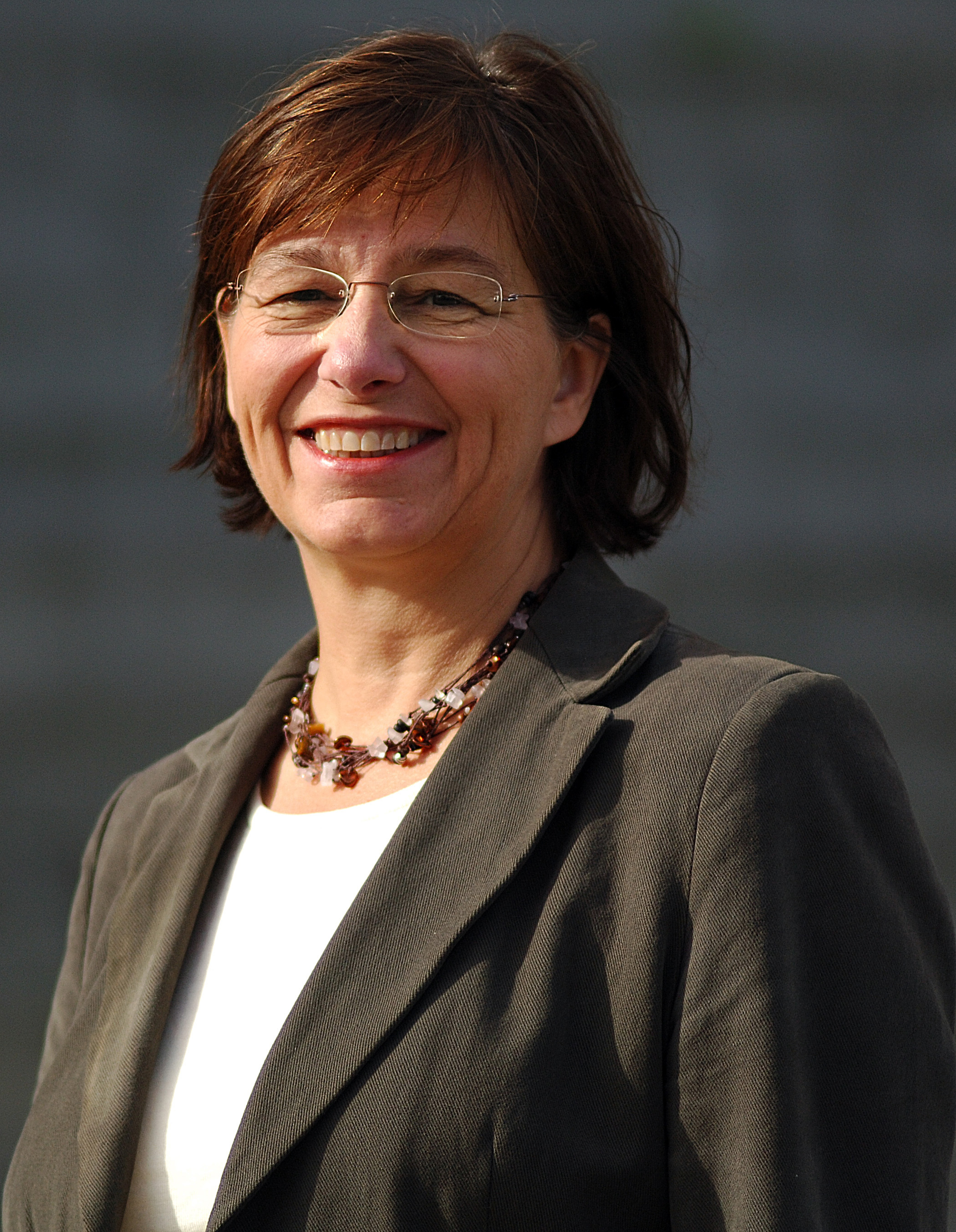
“It is also a huge advantage that everyone has access to the same numbers. This makes it easier to talk about gender equality at the university,” adds Kennerberg.
Annika Lindé, head of the equality unit in the Human Resources Division at UU, elaborates on the significance of the indicators.
“Gender equality activities and measures must be based on knowledge if they are to have any effect and be justifiable. Statistics on gender are the first step towards carrying out an analysis of the situation” says Lindé.
Free up time for analysis
“Since the indictors give us access to this type of information, we have more time for qualitative analysis and preparing action plans. Of course the hope is that we will be able to implement to a much greater degree the measures we believe are necessary,” says Lindé.
Marianne Carlsson, who is responsible for gender equality issues on the Rector’s Council at UU, also puts emphasis on the analyses.
“The indicators give a quantitative target for gender equality. Extracting the numbers goes quickly, and they can be used to evaluate our ordinary gender equality measures, for example. But it is important to remember that it is necessary to analyse what the numbers mean – that is, to conduct a more interpretive analysis of the indicator values,” says Carlsson.
“The fact that the numbers are taken directly from our systems and that no reporting is necessary highlights another advantage of the indicators: It reduces our dependence on enthusiasts who have to compile the figures themselves,” Lindé adds.
Good role model
One of these enthusiasts in Swedish politics is Gudrun Schyman of the Feminist Initiative. She thinks the gender equality indicators are positive.
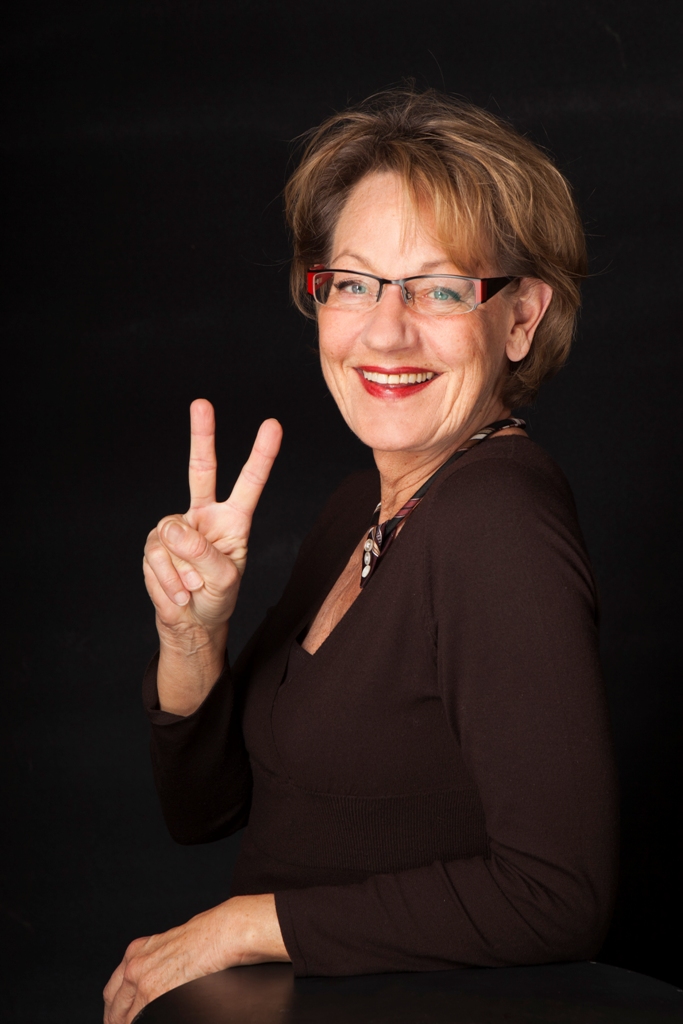
“It is crucial that we have a targeted, sustainable, systematic and organized effort to achieve the socio-political objective of gender equality. This applies to universities, the educational sector in general and society as a whole,” says Schyman.
“I hope this tool will be used by students, teachers and university administrators. In a larger perspective I hope it will be a success and can serve as a model for other workplaces and institutions, both in Sweden and abroad,” says Schyman.
Several universities have already shown interest in the indicators.
“In fact, today I sent documentation on the gender equality indicators to the network for gender and equality in higher education,” says Kennerberg. “I did this after all the participants at last week’s network meeting said they were interested in developing something similar for their universities.”
What about Norway?
“This can be a very useful tool,” says Audun Lysbakken, Minister of Children, Equality and Social Inclusion in Norway. “The Ministry of Education and Research is the appropriate responsible ministry, but I would support such an initiative.”
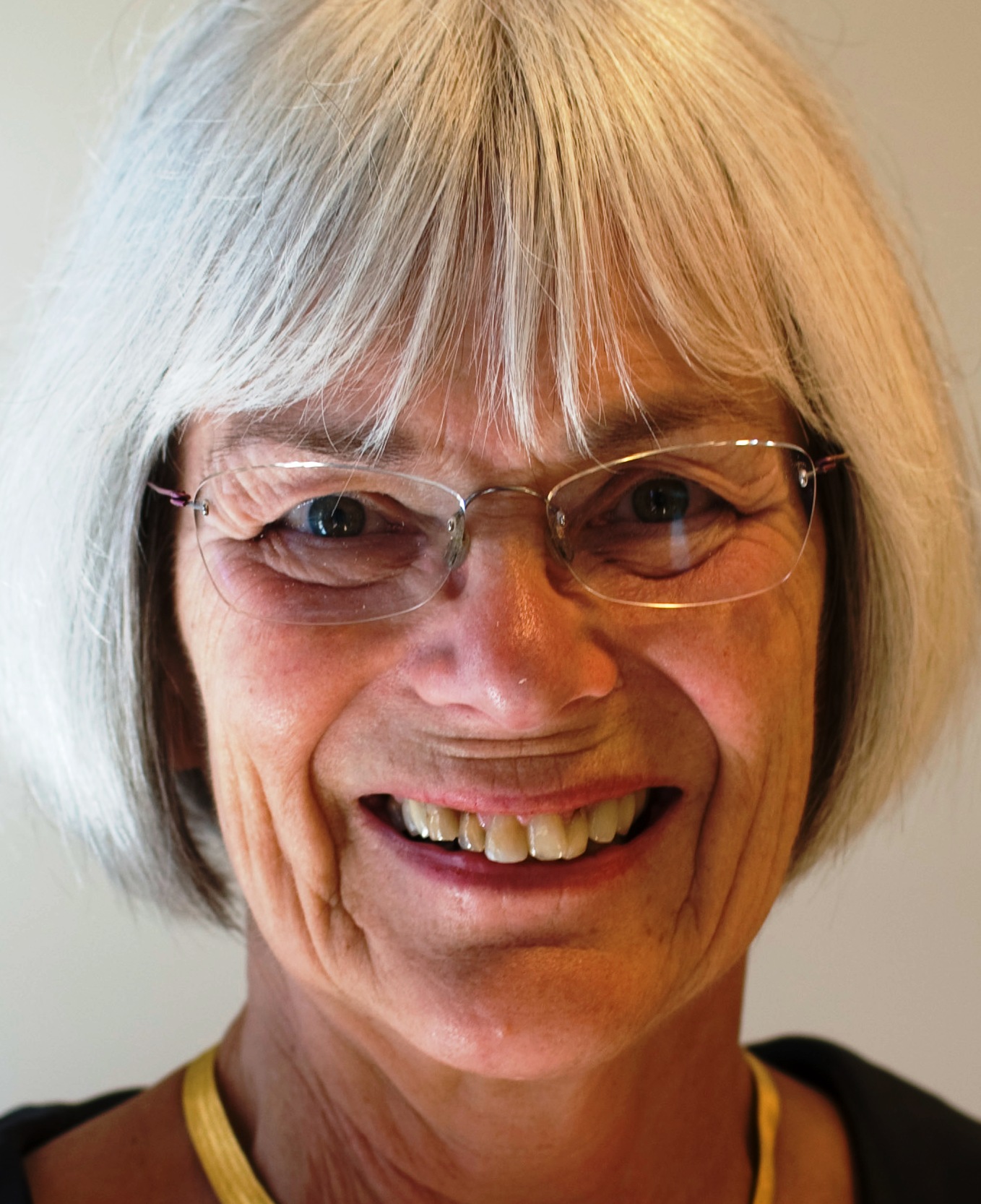
“As a government minister, I have been very concerned about gender equality and find it interesting that a tool has been developed that gives a good overview of gender equality,” says Tora Aasland, Minister of Research and Higher Education.
“If the method and the university’s choice of indicators prove to be beneficial to gender equality activities and give good results, the method could also serve as an inspiration for our universities and university colleges in their gender equality efforts,” she continues. “It will be interesting to see how the overview compiled by UU will be used to achieve a positive effect on gender equality.”
“Is there a need for something similar in Norway?”
“Currently on the national level we have a good overview of several gender equality indicators. Today the institutions submit their gender equality data to the Database for Statistics in Higher Education, as well as to the Equality and Anti-discrimination Ombud and to the Ministry of Government Administration, Reform and Church Affairs,” says Aasland.
Up to the institutions themselves
“If there is a need for additional data at the institutional level, I would say as a starting point that the institutions themselves should develop the instruments they need to achieve their gender equality objectives,” says Aasland.
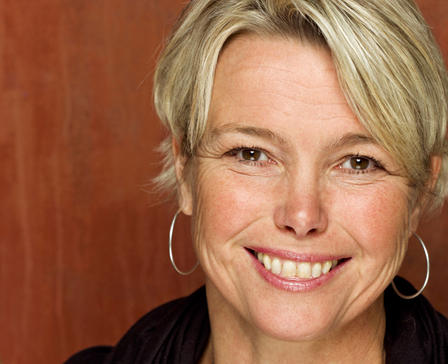
The Oslo and Akershus University College of Applied Sciences (HiOA) has no such gender equality indicators.
“We think this sounds exciting,” says Kari Toverud Jensen, Rector of HiOA. “I know we have good gender balance among the top-level administration, but I’m afraid that among our professors it’s not so good.”
Nor does the University of Oslo (UiO) have a similarly accessible tool for gender equality indicators like UU has.
“If you go to the Norwegian Social Science Data Services (DBH), you will find a lot of information about the proportion of women and men in various position types at the faculties,” says Inga Bostad, Pro-Rector of UiO. “But we lack statistics on sickness absence and parental leave in relation to gender,” she says.
“On the other hand, we have many figures on gender equality in annual reports and situation reports on our webpages. These are also available to all interested students and employees,” says Bostad.
Challenges with accessibility
“We could do a better job of making the gender equality figures more accessible to users within our own organization,” Bostad concedes, “so that these figures are used to a greater degree as an analytical tool by employees who are responsible for gender equality in their respective departments.”
“Would you consider developing gender equality indicators”?
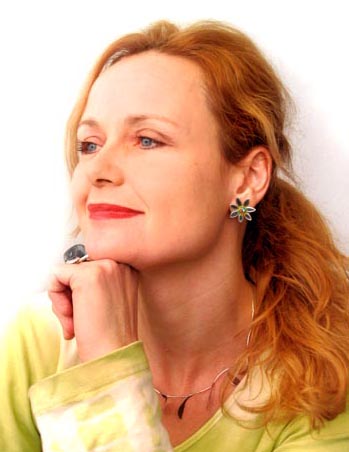
“We have not specifically considered doing the same type of reporting as Uppsala. This is partly because we currently gather information for our own reports from two separate databases. For technical reasons we have to gather the information and compile the reports manually,” Bostad explains.
The Rector of HiOA wants to investigate the tool further before deciding whether she would want to introduce it at her institution.
“In particular, it’s important to learn more about the tool in relation to personal privacy,” she says. “We need to be totally sure that vulnerable data, such as employees’ sickness absence and parental leave, cannot be traced back to the individual.”
“But of course it’s valuable to have access to statistics,” concludes Rector Toverud Jensen.
Translated by Connie Stultz.
Uppsala University is the first university in Sweden to launch its own gender equality indicators. The target group is the people at the university with responsibility for gender equality activities, as well as all employees and students at the institution. The indicators measure gender distribution in 10 areas at the university.
